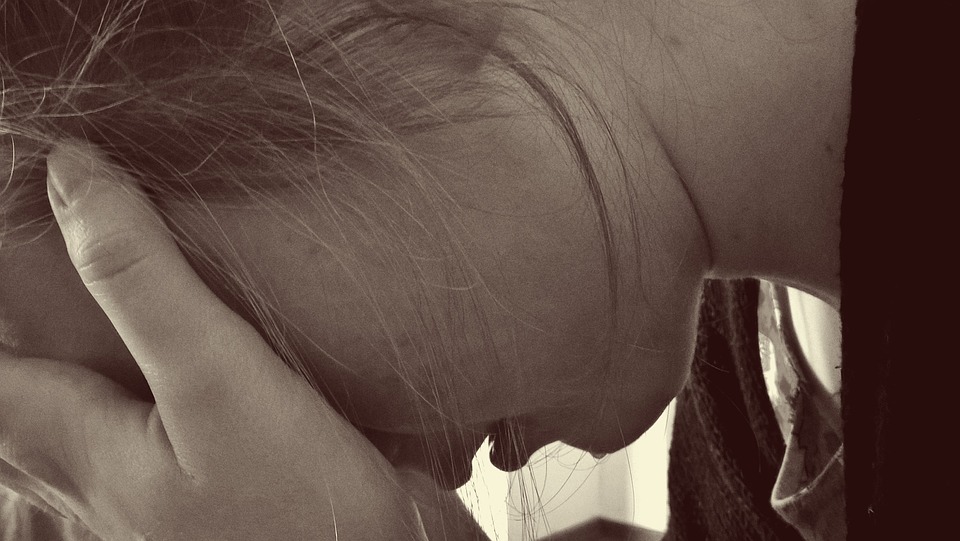According to the Centers for Disease Control and Prevention, one out of every 59 children in the United States is diagnosed with Autism Spectrum Disorder (ASD). After decades of research, much about this condition remains unclear. Researchers at the University of Utah Health conducted the first population-based study of suicidality in individuals with ASD in the United States. The 20-year retrospective study found that for individuals with autism, particularly females, the risk of suicide has increased through time compared to their non-autistic peers. The results are available online on January 17 in the journal Autism Research.
“There has been an unfortunate assumption that people with autism are in their own world and are not affected by social influences commonly associated with suicidality,” said Anne Kirby, Ph.D., OTRL, assistant professor of Occupational Therapy at U of U Health and first author on the paper. “There is now growing realization among clinicians and families that suicidal thoughts and behaviors can be a real concern for autistic individuals.”
During the study period (1998 to 2017), 49 individuals (7 female and 42 male) with autism died by suicide in Utah. The researchers broke the study into four five-year periods [(19982002: 2 males/0 females), (20032007: 5 males/ 0 females), (20082012: 14 males/ 0 females) and (2013-2017: 21 males/ 7 females)].
For the first three periods of the study, the relative risk of suicide between autistic and non-autistic individuals was similar. Beginning in the final period, the cumulative incidence of suicide among ASD individuals was significantly higher than non-ASD peers (0.17 percent compared to 0.11 percent). The increase is driven by suicide among women with autism, which was higher than the non-ASD population (0.17 percent compared to 0.05 percent). Unlike their non-ASD peers, individuals with autism were less likely to use firearms.
While these results suggest slightly elevated risk, the authors note that suicide is rare and is not necessarily a concern for all individuals with an autism diagnosis.
“While these results show us that those with autism are not immune from suicide risk, we are still working to understand the extent of this risk,” said Hilary Coon, Ph.D., professor in Psychiatry at U of U Health and senior author on the paper. “We do not yet have enough information to understand specific characteristics or co-occurring conditions associated with increased risk, so more research in this area is urgently needed to identify warning signs.”
The results of this study parallel a 2016 study out of Sweden, the only other population-based study that presented data on suicide death and autism. The Swedish study found suicide was a leading causes of premature mortality among individuals with autism.
In this study, Kirby used two unique Utah databases the Utah Registry of Autism and Developmental Disabilities and suicide surveillance data collected by the Utah Office of the Medical Examiner. The information from these databases was linked to the Utah Population database, a large, state-wide database containing demographic, vital records and medical and genealogical data since the mid-1980s.
Kirby notes this analysis may be limited by the on-going evolution of the definition and characterization of autism as well as the fact that the determination of suicide is made conservatively by the medical examiner. It also lacks additional data to control confounders factors, like anxiety and depression, which could affect the results of the analysis.



